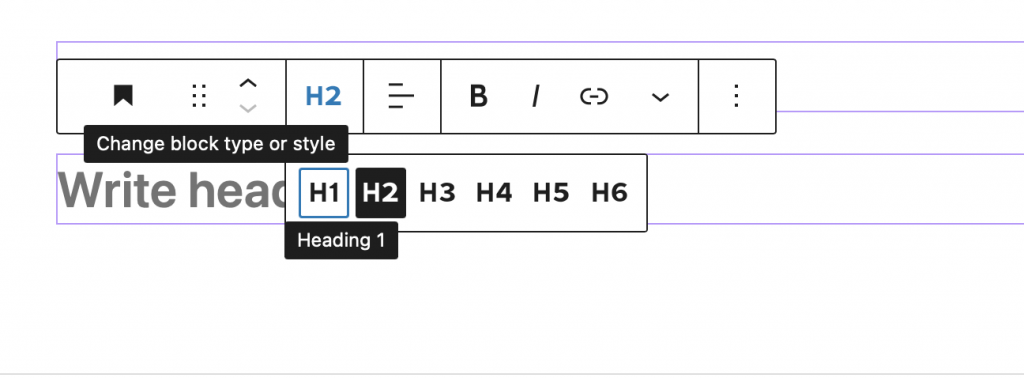The importance of headings
Headings organize information
In the digital realm, the structure of web content is paramount. A well-structured web page or post both enhances readability and boosts search engine optimization (SEO). Central to this structure are headings. Here is some guidance on why headings are important, how to indicate headings in WordPress, and best practices for using them.
Why headings are important
Headings play a crucial role in several aspects of web content:
- SEO: Search engines use headings to understand the structure and context of the content. A clear hierarchy of headings helps search engines index the content more effectively, leading to better visibility in search results.
- User experience: Readers often scan web pages rather than reading them in detail. Clear, descriptive headings guide readers through the content, allowing them to find the information they need quickly.
- Accessibility: Headings are vital for accessibility. Screen readers, which assist visually impaired users, rely on headings to navigate through content efficiently. Properly structured headings help screen readers convey the organization and importance of different sections, improving the overall accessibility of your website.
Indicating headings in WordPress
To add headings in WordPress, follow these steps:
- Open the WordPress editor: Navigate to the post or page where you want to add headings.
- Select the block: Click on the block where you want the heading to appear.
- Choose the heading level: Click on the “Paragraph” dropdown in the toolbar and select the appropriate heading level (H1, H2, H3, etc.).

Each heading level has a specific use:
- H1: Used for the main title of the page.
- H2: Used for major sections.
- H3: Used for subsections under H2, and so on.
Best practices for headings
- Use only one H1 per page/post: The H1 tag is meant for the main title of the page. Using more than one can confuse search engines and readers.
- Follow a logical hierarchy: Start with H1 for the main title, H2 for major sections, H3 for subsections under H2, and so on.
- Be descriptive and concise: Headings should accurately describe the content of the section they precede. They should be concise but informative.
- Include keywords: Where appropriate, include relevant keywords in your headings. This can improve your SEO, making your content more discoverable.
- Avoid overuse: While headings are important, overusing them can clutter your page and make it difficult to read. Use them judiciously.
By mastering the use of headings in WordPress, you can transform your web content into a well-structured, engaging, and successful platform. Headings enhance readability, improve SEO, and provide a better user experience, making them an essential tool in web content creation.
